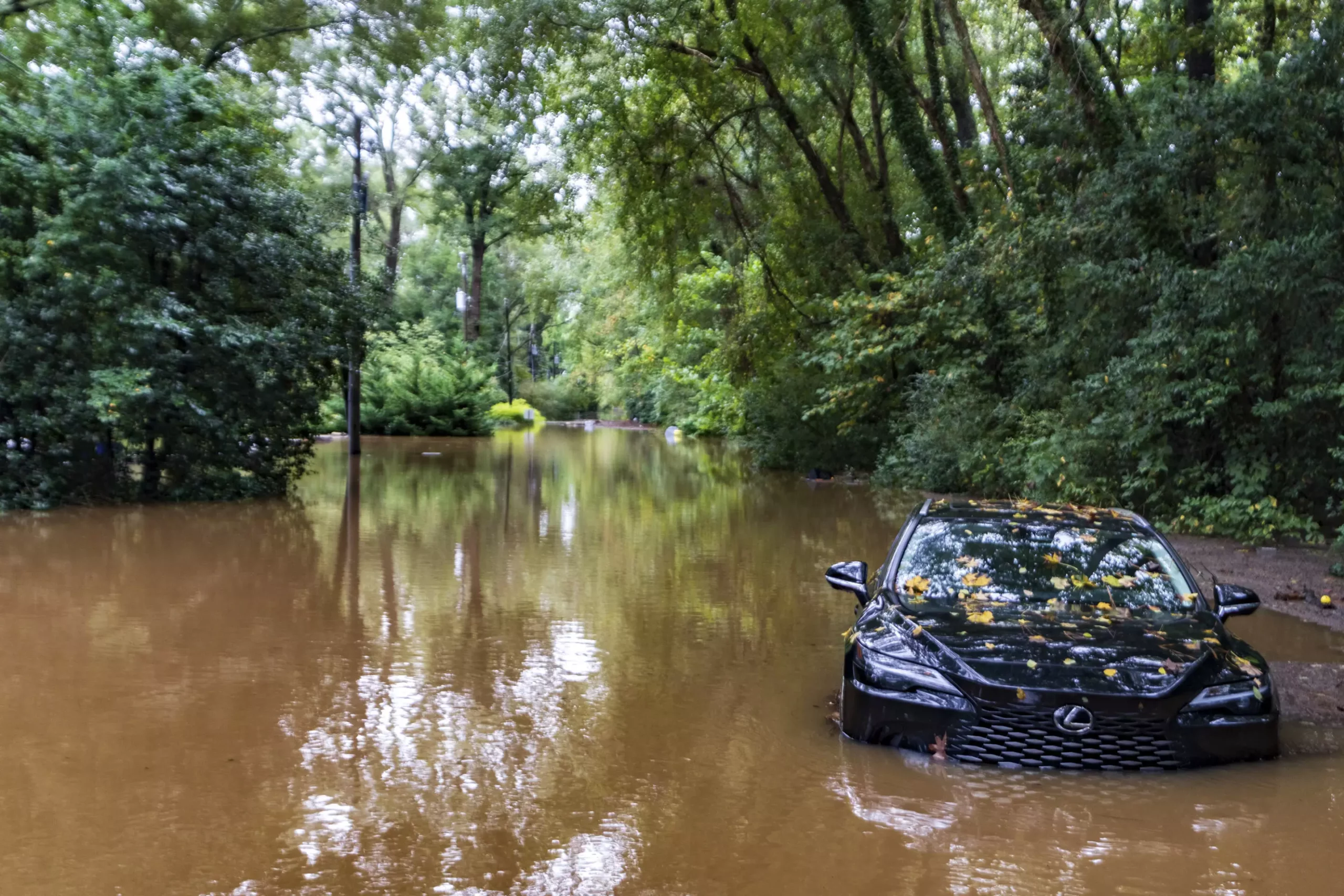In the wake of severe weather events, the safety of electric vehicles (EVs) comes under scrutiny, particularly when associated flooding is involved. The growing prevalence of hurricanes and other natural disasters has prompted both vehicle manufacturers and government officials to provide guidance for EV owners. Here, we will explore the potential risks associated with electric vehicles in flood-prone environments, the measures that should be taken to mitigate these risks, and the ongoing research into battery safety.
Electric vehicles are increasingly becoming popular due to their environmental benefits and advancements in technology. However, the impact of saltwater from storms presents a unique danger, mainly because salt can conduct electricity, creating the potential for catastrophic short circuits. Battery fires, although relatively rare, can happen and have occurred in the aftermath of intense storm events. Following Hurricane Ian in 2022, for instance, numerous electric vehicles were reported to be compromised, leading to a number of fires sparked by the inundation of saltwater.
Florida, being prone to hurricanes like Hurricane Helene, has seen officials stress the importance of proactive measures among EV owners. Governor Ron DeSantis’ advisories urge residents to elevate their vehicles’ positions by moving them to higher ground to prevent them from being submerged. This precaution is essential not just for avoiding immediate damage but also for preventing longer-term issues that could lead to fires down the line.
Preparedness During Power Outages: An Ongoing Challenge
Power outages during hurricanes or severe storms create unique challenges and limit the charging options available to electric vehicle owners. Unlike gas stations, which cannot pump fuel without power, EV owners must consider keeping their vehicle battery charged ahead of storm events to maintain flexibility. The wisdom of traditional advice, such as ensuring your gas tank is full, extends into the realm of electric vehicles. Adequate charging prior to an event can be the difference between being stranded or having the ability to evacuate or seek shelter.
This issue was notably observed during past storms, leading to a heightened awareness among EV owners. Ensuring that electric vehicles remain charged not only helps during evacuations but also mitigates the risk of having to utilize low battery power during a power outage, a situation equally problematic for traditional gasoline vehicles.
Understanding Battery Technology and Safety Features
The lithium-ion batteries employed in electric vehicles are designed with safety components intended to reduce the risks associated with flooding. Battery manufacturers often include insulation barriers and moisture seals to protect against water damage. However, when vehicles become submerged, these protective measures can fail, leading to the dangerous condition known as thermal runaway, where overheating batteries can ignite.
Experts, like Tom Barth from the National Transportation Safety Board (NTSB), emphasize that the conductive properties of saltwater can bridge gaps in the battery and lead to short circuits. Battery engineers are continuously working to enhance the design of EV batteries, but it is an ongoing challenge, particularly as vehicles are exposed to unpredictable environmental conditions.
The Importance of Post-Flood Inspections
One of the most critical aspects of managing the risk of fire in electric vehicles is the importance of post-flood inspections. Even after floodwaters recede, the risk of battery failure can linger, as residual salt left behind can still create conductivity issues. Vehicle owners should be vigilant in seeking professional inspection of their electric vehicles if they have been submerged or exposed to floodwaters to ensure that any potential risks are addressed before the vehicle is returned to regular use.
Barth wisely notes that not every vehicle exposed to flooding will ignite, but safety checks are essential. This meticulous approach can save owners from future tragedies resulting from overlooked damage or complications linked to that exposure.
As the understanding of the dangers associated with EVs in flood-prone areas evolves, so does the commitment to enhancing safety regulations. The National Highway Traffic Safety Administration (NHTSA) is actively researching and considering updates to safety standards for vehicle batteries to mitigate risks. This shows a promising direction for the future of EV ownership, particularly as climate change continues to affect storm patterns and intensities.
Electric vehicles present their own set of challenges concerning safety in flood conditions. By adhering to proactive measures, seeking timely inspections, and pushing for improved safety measures, EV owners can better protect themselves and their vehicles from the unforeseen calamities associated with severe weather. The knowledge and resources available to navigate these risks can transform the way electric vehicle owners prepare for and respond to major storm events.


Leave a Reply